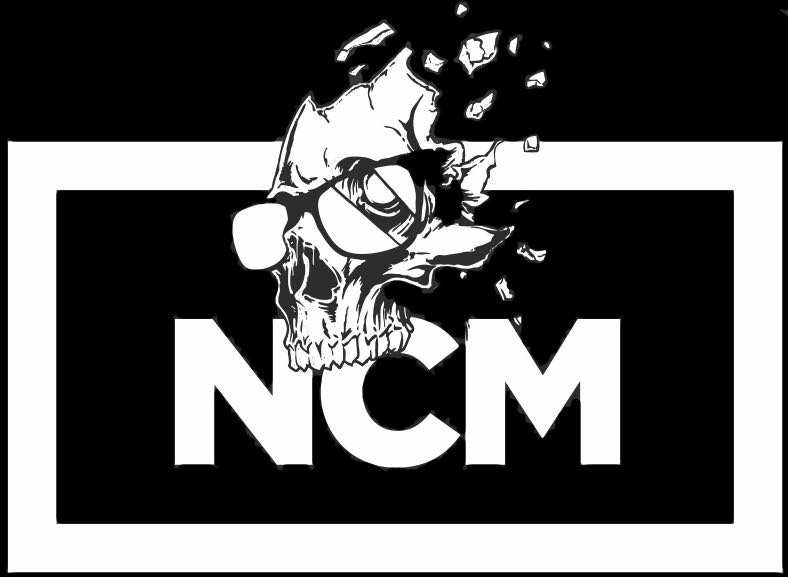
When you listen to music, go to a show, or put on your favorite band’s merchandise, do you ever stop and think about what goes on behind the scenes? The music industry is built on a foundation of companies all working together. If one of these “cogs” were to fail, the industry would suffer detrimentally. With this in mind, we have broken down the music industry machine into eight different parts. Continue reading to find out more.
Live and Touring
Live music has always been a large part of the music machine, but even that’s changing recently. In particular, we are seeing a rise in streaming performance including VR streams. This change has been accelerated by the global pandemic. However, the majority of live performances are still physical, with artists starting to fill out venues once more.
The differences between digital live shows and physical shows lie within how to plan a tour. When planning a tour for the physical stage, the work that goes into reaching international fans is enormous and involves venues, stage crew, and plenty of travel. One thing that remains the same though, is rehearsals, which can be booked via Pirate.com. They have over 50 venues spread worldwide and are accessible 24/7, which means no matter what time zone you’ve come from, you can always rely on them.
Recording
Record labels have been through a turbulent couple of decades that saw them suffer the wrath of piracy and need to adapt. They had to transform their work from CD dominant to streaming, which still leaves them with issues. Today, more artists are bypassing record labels entirely by working with separate entities including Soundcloud.
Despite the shift in operations, record labels are still largely associated with artists. For example, if you’re into a certain genre of music, you will have heard of Hopeless Records and Fearless Records (if you know, you know).
Digital Distribution
The role of distribution is traditionally easy to explain: it’s the delivery of records to stores that keeps cash flowing and diverts it to the necessary artist/record label. However, thanks to the rise of digital service providers (DSPs) including Spotify and Apple Music, these services have become the home of monetization, discovery, and music consumption. Artists typically rely more on the promotional impact of streaming services than revenue. Now, the role of distribution involves collaboration between DSPs.
Artist Management
Artist management is an important role in the industry. They are the only connection with the artist that is invested in them financially. Artist managers work hard behind the scenes to formulate global targets in the long term. Their knowledge base needs to encompass the entire music industry. After all, they are responsible for making connections with other players. Although having this knowledge takes hard work, it also means they can sub in for other players. For example, in a pinch, the manager can double up as the publisher or band marketer. Typically, the relationship between an artist and manager will be built upon contracts. This saves brutal disputes down the line regarding commissions.
Legal
The music industry is governed by contracts and law, which vary depending on the country you’re in. These laws become even more obscure when you jump into the digital side of music. For example, with the introduction of article 13, online entities are required to remove any copyrighted material from a website. To include a song on your website, the rights would need to be purchased. Despite the nature of the music industry being interconnected worldwide, it appears to be governed by a broken system. If you’re entering the music industry on any level, you should make sure you have a basic understanding.
Streaming
Streaming has become one of the largest changes to the music industry over the last decade. Although streaming services are here already, the shift to streaming is still happening as they look for ways to boost their user base and improve their product. We already know that streaming has revolutionized the way we consume music and altered the distribution change but what else will change down the line?
Music Publishing
Artists make money through many different streams, which is why being successful takes hard work. However, one of the most complex revenue streams is publishing. Most of the time, the publisher’s role is confused with that of the record industry. Simply put, the publisher is responsible for royalties made on music and assigning them to the correct place.
When it comes to royalty payments, they need to pass through rights organizations (BMI SACEM, ASCAP), sub-publishers, mechanical collection bodies (MCPS and HFA depending on the country), and then the publisher. Royalty payments need to pass through all of these channels before hitting the artists. You may think this is simple, but the entire process can take a couple of years. The next time you think a month is a long time to get paid, just think about that.
Once finance has passed through the machine, the amount the artist gets paid can be reduced heavily. This is why so many artists are fighting with record labels to get ownership of their catalog. Some of the most significant cases can be seen in Paul McCartney’s fight with Sony over The Beatles’ rights.
Licensing Sector
Artist relationships with industries including film, advertising, and sponsorships have always been important. Any artist’s connection with external players is managed through the licensing sector. Not only do relationships bring in a healthy revenue stream, but they can also be a huge promotional tool for artists. The chances are that you’ve come across a song in the cinema and then found the artist after – just take the American Pie franchise as an example.
The music industry is a complex machine with many different parts that need to work together. Although the digital world has opened up new possibilities and brought about new laws, the sections within the industry remain the same – it’s only processes that have shifted to cope.







